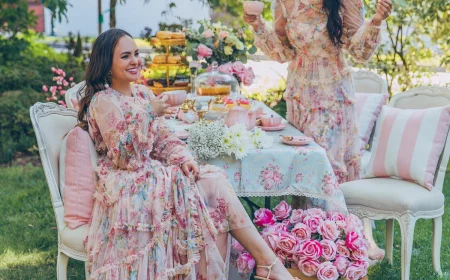Don’t Buy a Leather Jacket Until You Read This: A Real-World Guide
My first serious leather jacket purchase was a long time ago. It was one of those thick, heavy cowhide moto jackets that feels like a suit of armor when you first put it on. I remember saving up for months to get it from a small, dusty shop run by an old-school craftsman.
In this article
- The Foundation: Not All Leather Is Created Equal
- The Tanning Process: Why It Matters
- Getting the Fit Absolutely Right (This is Non-Negotiable)
- Breaking Down the Classic Styles
- How to Actually Style It
- Advanced Moves: Care, Aging, and Finding a Good One
- Final Thoughts: The Honest Truth About Price and Where to Look
- Inspirational Gallery
He spent nearly an hour with me, not just selling me a jacket, but teaching me about it. He had me feel the difference between that stiff cowhide and a buttery-soft lambskin. He pointed out the chunky, reliable zippers and the heavy cotton lining—details I’d never even thought to look for. He showed me exactly how the shoulder seam had to sit right on the edge of my shoulder bone. It was a masterclass.
I walked out of there with more than just a jacket; I left with an education. And by the way, that jacket is still hanging in my closet, perfectly broken in and molded to my shape. Every scuff tells a story.
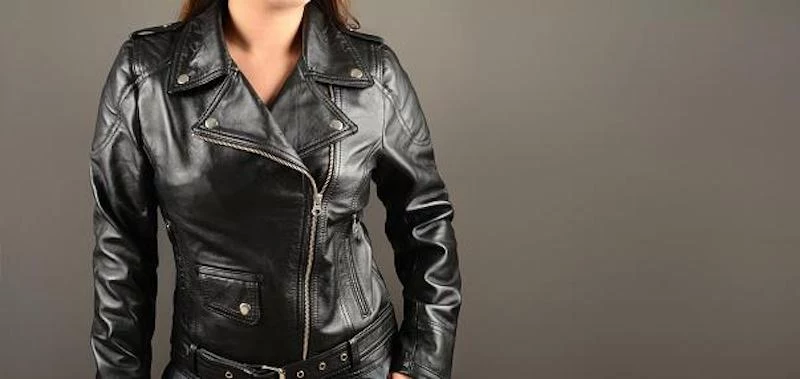
Over the years, I’ve worked with leather constantly, and I’ve seen what makes one jacket fall apart in a season while another becomes a family heirloom. It’s not about trends. It’s about understanding the material itself, getting the fit right, and knowing how to care for it. That’s the real stuff, the knowledge I want to pass on. So, let’s get into it.
The Foundation: Not All Leather Is Created Equal
Before we even talk about style, you have to know what your jacket is actually made of. The word “leather” gets thrown around a lot, but the quality can range from incredible to, frankly, terrible. The type of hide and how it’s treated dictates everything: the feel, the durability, and how it will age over time. Getting this part right is the most important step.
Decoding the Leather Lingo: Full-Grain, Top-Grain, and “Genuine”
This is where a lot of brands try to pull a fast one with marketing terms. Here’s the real deal:
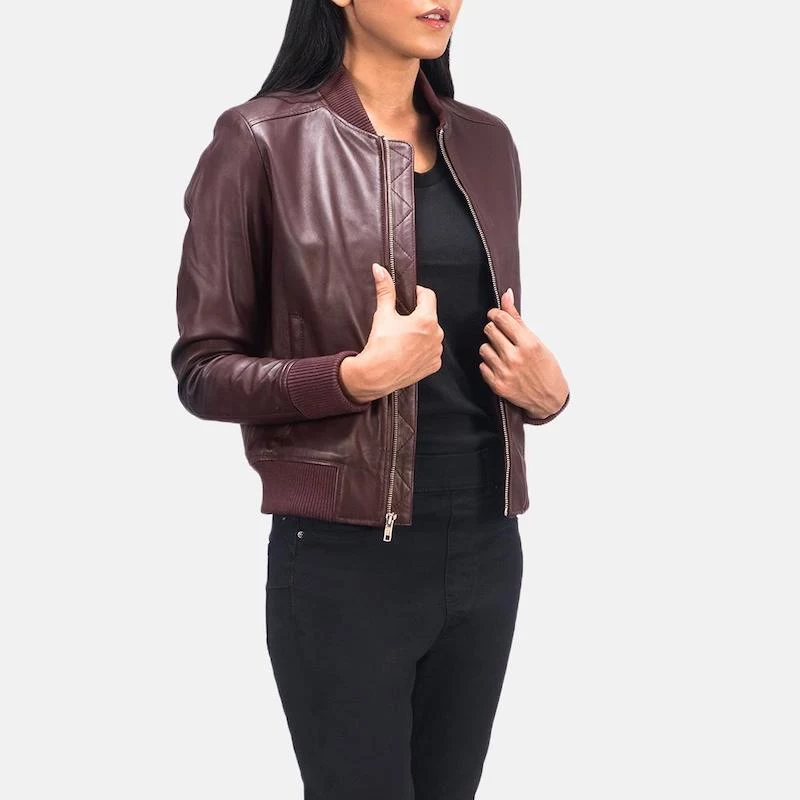
- Full-Grain Leather: This is the best you can get. It’s the top layer of the hide with all the natural grain and imperfections left intact. It hasn’t been sanded down, so it’s incredibly strong, breathable, and tough. At first, a full-grain jacket can feel stiff, but over time it softens and develops a beautiful patina—that rich sheen that only comes with age and use. It’s a true lifetime investment.
- Top-Grain Leather: This is the second-best quality. The very top layer has been lightly sanded to remove blemishes, giving it a more uniform and smooth appearance. It’s still very strong and durable, just a little less so than full-grain. A lot of high-end fashion jackets use top-grain because it offers a clean, sleek look right off the rack.
- “Genuine” Leather: Honestly, this term is one of the most misleading in the business. It sounds official, but it usually means it’s one of the lower-quality grades. It’s made from the layers of hide that are left over after the good stuff is split off. The surface is often corrected, sprayed, and stamped with an artificial grain pattern to make it look better than it is. It’s far less durable, doesn’t breathe well, and will crack and wear out much faster instead of developing a nice patina. A big red flag for me.
Quick Tip: The Feel Test. In a store and not sure what you’re holding? Run your fingernail lightly across a hidden spot, like inside the zipper placket. Full-grain will show a subtle mark that you can often just buff out with your thumb. A heavily corrected or “genuine” leather often has a plasticky coating that will resist the scratch entirely. Full-grain feels rich and oily; cheap leather often feels dry or synthetic.
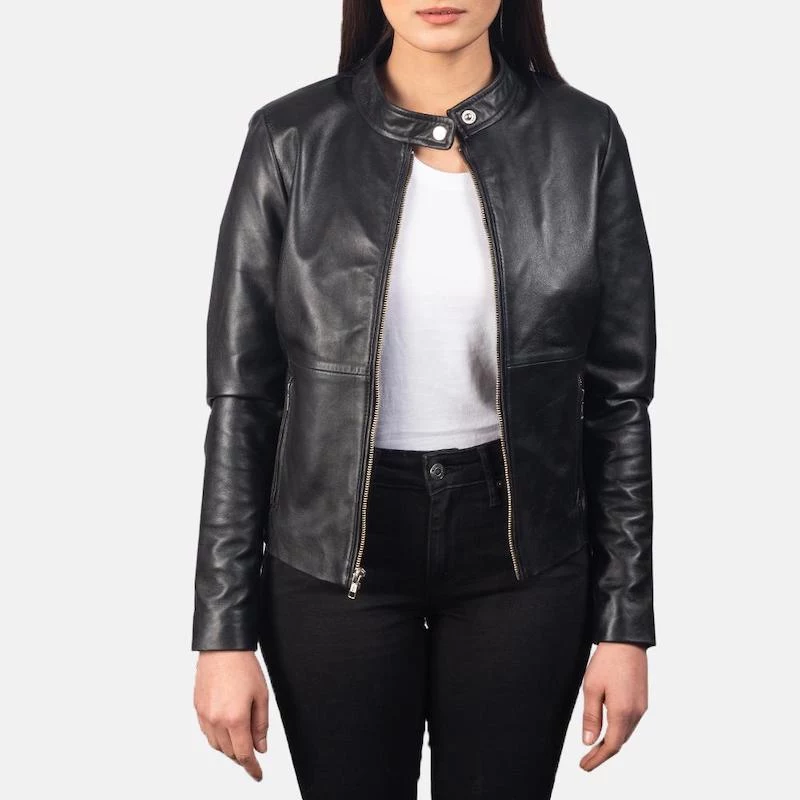
A Quick Word on Other Hides
While cowhide (durable, heavy) and lambskin (soft, lightweight) are the most common, you might run into a few others. Goatskin is a great middle-ground—it’s lighter than cowhide but tougher and more textured than lambskin. And then there’s horsehide, a seriously dense and durable leather known for its unique creasing and incredible toughness. It’s a favorite among leather purists for a reason.
The Tanning Process: Why It Matters
Tanning is what turns a raw hide into the stable material we know as leather. The method used has a huge impact.
Most jackets you’ll see are Chrome-Tanned. It’s a fast, modern process using chromium salts that results in a soft, pliable leather right from the start. It’s also more water-resistant and holds its color well. The downside? It doesn’t age with the same character. It tends to just get old rather than developing a deep, story-rich patina.

The old-school method is Vegetable Tanning, which uses natural tannins from tree bark. It’s a slow, artisanal process that produces a firmer, sturdier leather with a wonderful, earthy smell. A new veg-tanned jacket can be incredibly stiff, but as you wear it, it breaks in and develops a patina that is absolutely second to none. Each one becomes a unique piece of art. Heads up, though: this quality comes at a price. Expect to pay a premium for this process, often starting in the $700+ range for a quality jacket.
Getting the Fit Absolutely Right (This is Non-Negotiable)
An expensive jacket that fits poorly looks worse than a cheap one that fits like a glove. Fit is everything. When you’re trying on a jacket, think like a pro and run through this mental checklist.
Your Pre-Purchase Fit Checklist:
- The Shoulders are #1: This is the golden rule. The seam where the sleeve joins the body should sit squarely on the corner of your shoulder bone. Not hanging off, not creeping up your neck. If the shoulders don’t fit, walk away. It’s the one thing a tailor can’t really fix without deconstructing the whole jacket.
- Sleeve Length: With your arms relaxed at your sides, the sleeves should end right around your wrist bone. When you raise your arms like you’re driving, they’ll pull up a bit—that’s normal—but they shouldn’t expose half your forearm.
- Armholes & Chest: The fit around your biceps and chest should be trim, but not restrictive. You should be able to cross your arms and feel a slight pull across your back, but it shouldn’t feel like a straitjacket. Pro tip: try on the jacket wearing a light sweater, since that’s likely how you’ll wear it in colder weather. If you can’t move, it’s too tight.
- Torso Length: This depends on the style. A classic moto jacket is meant to be shorter, hitting around your beltline to prevent bunching. A bomber jacket will have a ribbed hem that should sit snugly on your hips. In general, it should feel snug when zipped, but you should be able to breathe easily.
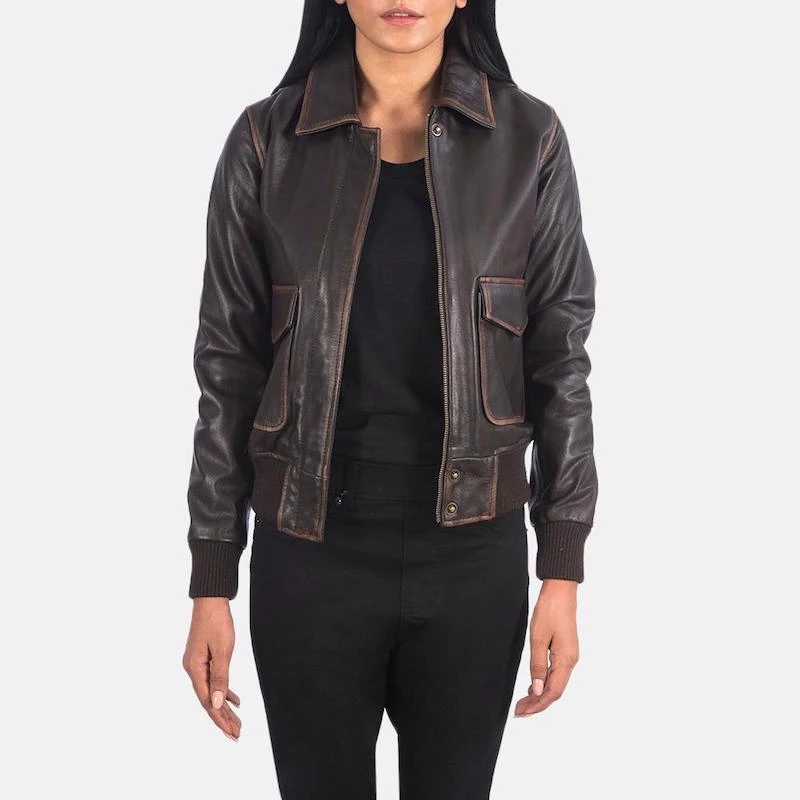
Breaking Down the Classic Styles
The jacket styles we love today were born from pure function, designed for pilots and motorcyclists. Understanding why they were made helps you choose the right one.
The Double Rider is that quintessential motorcycle jacket, the one that became an icon of rebellious style. Its signature asymmetrical zipper isn’t just for looks; it allows the front to be zipped all the way up, creating a windproof double layer of leather over the chest. The belt, the epaulets… it was all designed with a purpose.
The Café Racer is its minimalist cousin. It has a clean, straight front zip and a simple stand-up collar. This streamlined design was perfect for young guys racing their bikes between cafés. It’s incredibly versatile and can look either rugged or sophisticated depending on the leather and cut.
And then you have the Bomber and Aviator Jackets (like the A-2 or G-1 styles). These were flight jackets, designed with knitted cuffs and waistbands to trap heat and keep pilots warm in a cockpit. They have a roomier fit by nature, making them super comfortable and easy to layer.
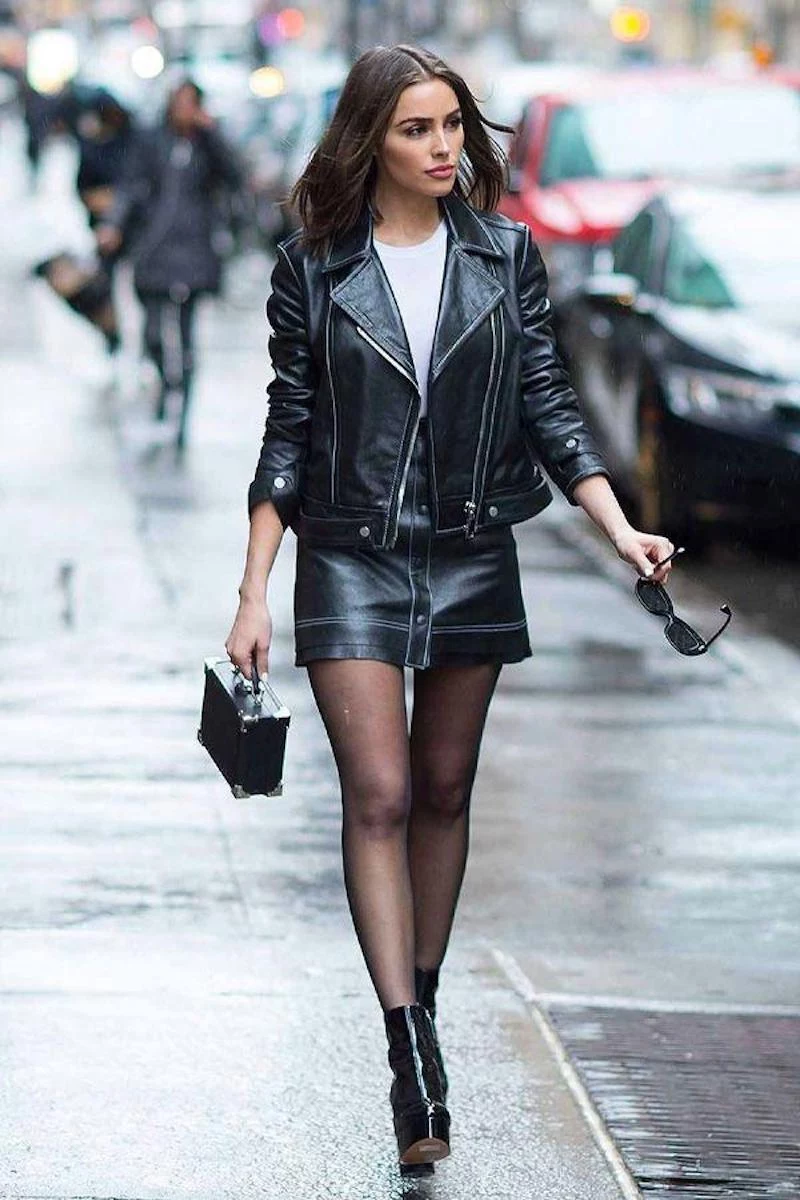
Oh yeah, and a quick word on Suede Jackets. Suede is just leather with a soft, napped finish. It looks and feels amazing, but it’s delicate. It stains easily and water will ruin it. It’s a fair-weather jacket, period. If you live somewhere rainy, it’ll spend most of its life in the closet.
How to Actually Style It
Once you’ve got a quality jacket that fits you well, the fun begins. My core principle is juxtaposition. A leather jacket’s power comes from pairing its ruggedness with something unexpected.
A tough cowhide moto jacket looks incredible over a soft cashmere sweater or a simple t-shirt. A sleek lambskin café racer can elevate a casual dress. It’s all about the contrast in textures.
And think about proportions. A cropped moto jacket is perfect with high-waisted pants, defining your waist and creating a long, clean line. A longer car-coat style jacket works best with slimmer pants to avoid looking bulky.
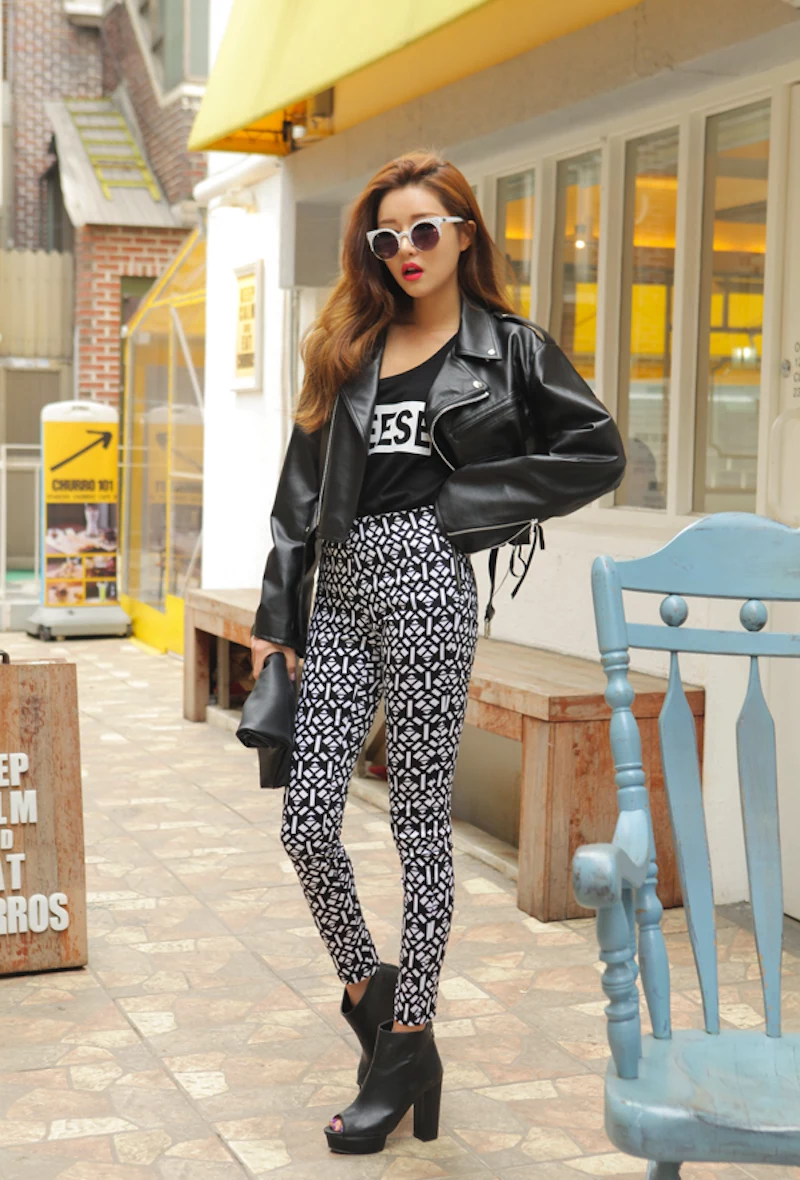
As for the leather-on-leather look? It’s tricky. The pro move is to vary the texture or color. A matte black jacket with leather pants that have a slight sheen, or a black jacket with oxblood leather pants. That contrast is what makes it look intentional instead of like a costume.
Advanced Moves: Care, Aging, and Finding a Good One
A good leather jacket is a long-term relationship. How you care for it defines its future.
Your Mini-Tutorial for Conditioning
Leather is skin—it needs moisture to avoid drying out and cracking. Condition it once or twice a year. Don’t overdo it!
Your Care Kit Shopping List:
- A quality leather conditioner (like Bickmore Bick 4 or Smith’s Leather Balm, usually $10-$20). Avoid anything with silicone or petroleum.
- A horsehair brush for cleaning dust ($10-$15).
- A few soft, clean cloths (like old t-shirts).
Here’s the method:
- First, brush off any surface dust with your horsehair brush. For grime, use a slightly damp cloth and wipe the jacket down.
- Let it air dry completely. And please, NEVER use a hairdryer or put it near a radiator. This will shrink and ruin the leather.
- Apply a dime-sized amount of conditioner to a cloth (not directly on the jacket!).
- Gently rub the conditioner into the leather, one panel at a time, using circular motions. Pay extra attention to high-stress areas like the elbows, shoulders, and cuffs.
- Let it sit for an hour so the leather can absorb what it needs, then use a clean, dry cloth to buff off any excess. Done.
A lesser-known trick: Worried about dye transfer from a new, dark jacket? Take a white cloth, dampen it slightly, and rub it firmly on a hidden area, like the inside of the pocket flap. If a lot of color comes off, be careful when wearing it with light-colored shirts or sitting on a white couch!
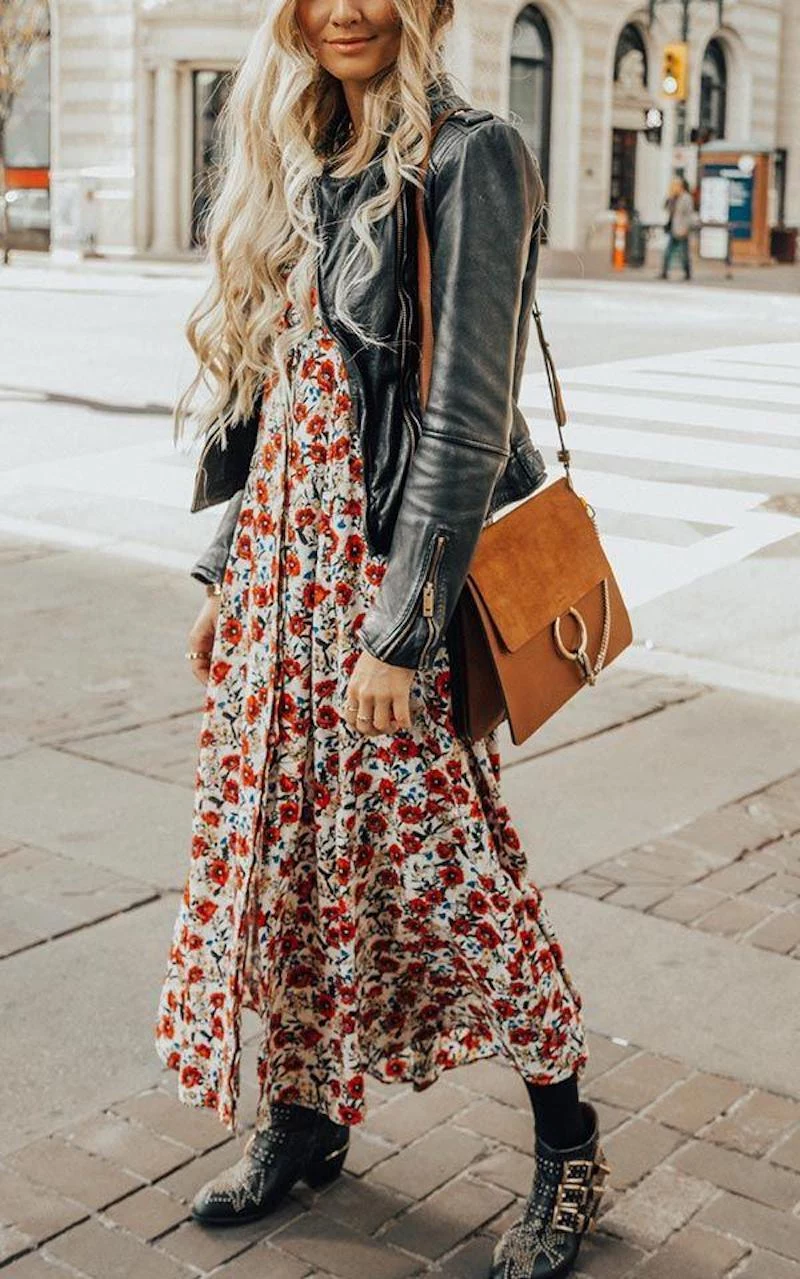
Final Thoughts: The Honest Truth About Price and Where to Look
Let’s be real: a well-made, full-grain leather jacket isn’t cheap. The materials and labor are expensive. If you see a new leather jacket for under $200, corners were cut somewhere. A solid, lasting jacket from a reputable brand will likely start in the $400-$500 range and go up from there.
So where do you find the good stuff? For a solid first jacket under $500, some mall brands offer decent top-grain options that are great for the price. For a lifetime piece, look into heritage American and European brands known for their workwear and motorcycle gear. Searching for these on eBay or in vintage shops can land you an incredible, already-broken-in jacket for a fraction of the price.
Finally, remember that most fashion jackets are not true protective motorcycle gear. A real riding jacket is made of much thicker leather and has pockets for armor. A fashion jacket offers minimal protection in a real crash. If you ride, please invest in proper gear.
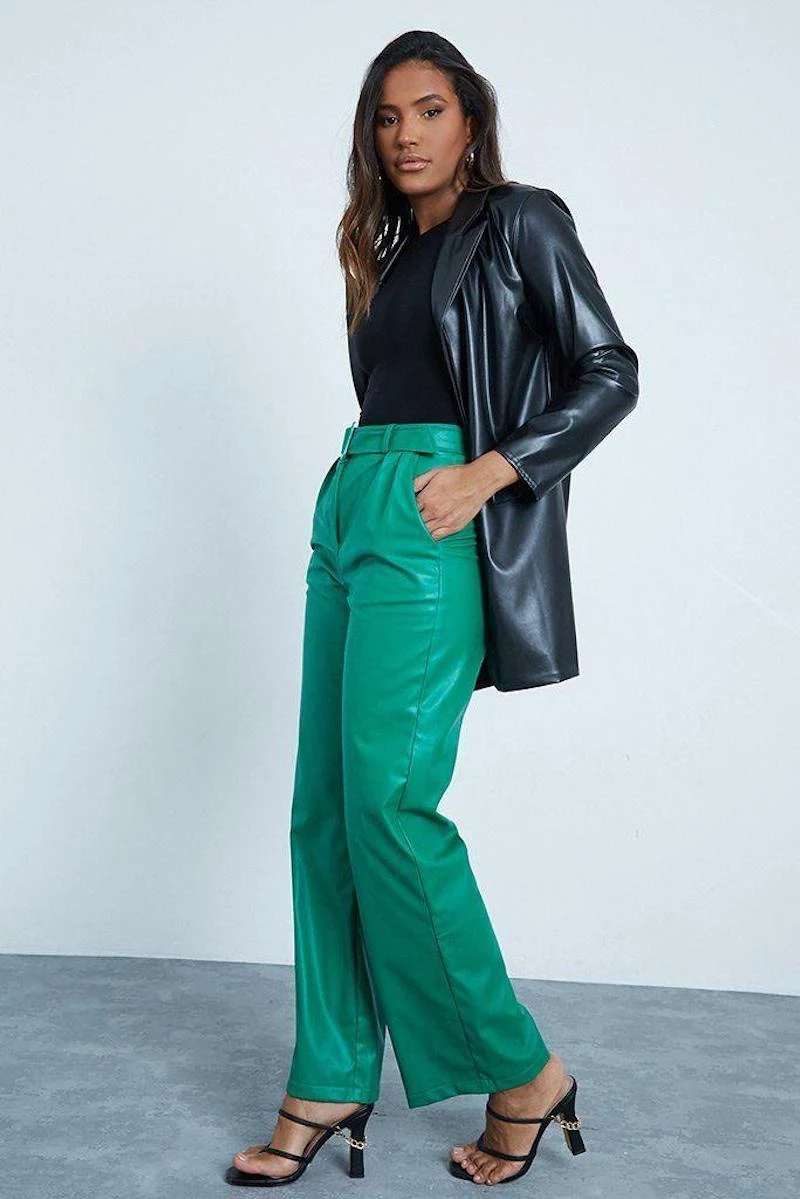
Think of it this way: you’re not just buying a piece of clothing. You’re investing in a companion that will get better with every year you own it. Choose wisely, and it’ll serve you for decades.
Inspirational Gallery
The global leather goods market is projected to grow from $420 billion in 2022 to over $738 billion by 2030.
This massive market means a flood of options, but also a lot of corner-cutting. A high price tag doesn’t always guarantee quality. Instead of focusing on price alone, scrutinize the details: the uniformity of the stitching, the quality of the lining, and the feel of the hide. A well-made jacket from a smaller, direct-to-consumer brand like The Jacket Maker can often offer better value than a designer-label piece at the same price point.
Lambskin: Incredibly soft and lightweight from the first wear. It drapes beautifully and requires almost no break-in period, offering instant comfort. However, it’s more delicate and prone to scratches or tears, making it better suited for city life than rugged adventures.
Cowhide: The classic choice for moto jackets for a reason. It’s thick, heavy, and extremely durable, providing real protection. It starts stiff and molds to your body over years of wear, developing a unique patina. A cowhide jacket is a true lifelong companion.
Ultimately, the choice is about lifestyle: lambskin for sophisticated comfort, cowhide for rugged durability.
Don’t overlook the hardware; it’s a key indicator of quality. Before you buy, do this quick 30-second check:
- Zippers: They should feel substantial, not flimsy. Run them up and down a few times. Is the glide smooth or does it snag? Brands like Schott NYC often use heavy-duty YKK or Talon zippers, which are known for their reliability.
- Snaps and Buttons: Test them all. They should close with a firm, satisfying click and feel securely attached, not loose or wobbly.
The secret to a perfect fit: Forget the idea of ‘sizing up to fit a sweater.’ A leather jacket should fit snugly across the shoulders and chest when you first buy it, worn over a simple t-shirt. The leather is a skin; it’s designed to stretch and mold to your specific shape over time. Buying a size too large means it will never conform properly, leaving you with a boxy, impersonal fit that bunches at the arms and waist.
What about vegan leather?
Modern vegan leathers have improved, but it’s crucial to know what you’re buying. Most are polyurethane (PU) or PVC, which are plastic-based. They don’t breathe or age like real leather; instead of developing a patina, they can crack and peel over time. However, high-end innovations like leather made from cactus or pineapple fibers offer more sustainable and durable alternatives, but they come with a different feel and care routine. Always check the material composition.
- Develops a rich, unique patina.
- Softens and molds perfectly to your body.
- Feels less like armor and more like a second skin.
The secret? The break-in period. While time is the best ingredient, you can gently speed up the process by wearing your new jacket for short periods around the house. The warmth of your body will begin the slow, rewarding process of making the jacket truly yours.
A well-cared-for leather jacket is a story, not an item. Each mark and crease is a chapter.
Think beyond black. While a black moto jacket is timeless, other colors can be surprisingly versatile and add a layer of personality. A deep oxblood or chocolate brown offers a similar toughness but with a warmer, more vintage feel. For a more sophisticated look, consider a dark olive green or navy blue, which pair beautifully with denim, wool trousers, and neutral tones. They stand out without shouting.
The lining is the part of the jacket that’s in constant contact with your body, yet it’s often an afterthought for buyers. A cheap, synthetic lining (like pure polyester) won’t breathe and will feel clammy. Look for high-quality linings that enhance comfort:
- Cotton or Flannel: Breathable and comfortable for three-season wear.
- Quilted or Wool: Provides extra insulation for colder climates, turning the jacket into true outerwear.
- Cupro/Bemberg: A silky, durable rayon that breathes well and makes the jacket easy to slide on and off.
One common mistake: Storing your leather jacket in a plastic garment bag. Leather is a natural material that needs to breathe. Sealing it in plastic can trap moisture, leading to mildew, or cause the hide to dry out and crack over time. The best way to store it is on a wide, padded hanger in a cool, dry closet with some space around it for air to circulate.






